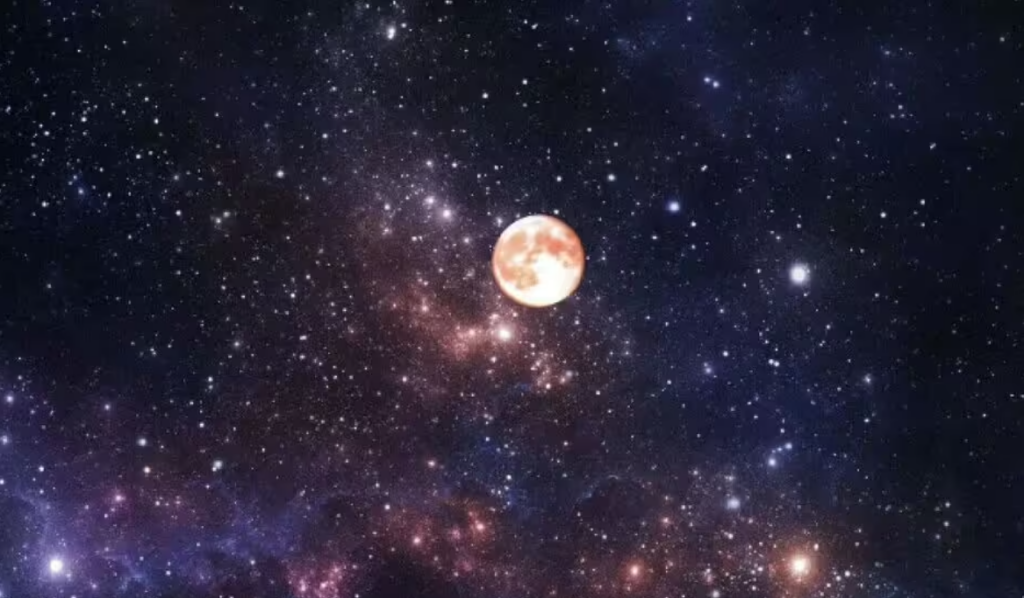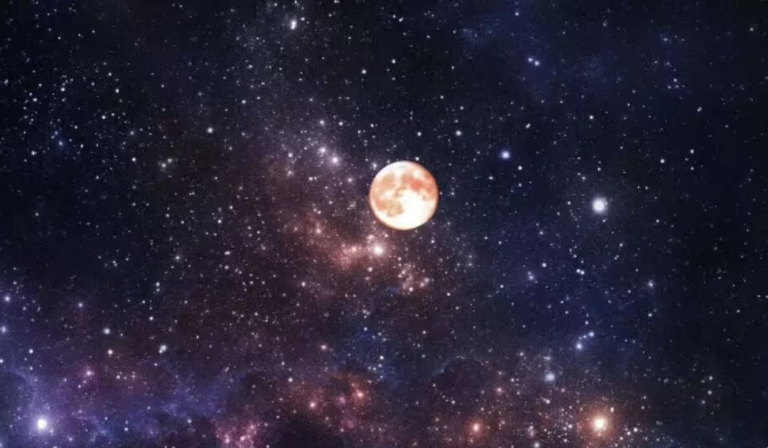Astronomers Investigate Origins of Intense Space Radio Bursts
These bursts can generate energy equivalent to the sun’s annual output in a fraction of a second, yet their source remains uncertain.

Astronomers are perplexed by enigmatic fast radio bursts that continue emitting peculiar sounds. These intense flashes of radio waves, initially identified in 2007, have been documented throughout the solar system. Scientists assert that these bursts can produce as much energy as the sun does in a year within a fraction of a second, yet the cause remains elusive.
A recent report published in the Monthly Notices of the Royal Astronomical Society has disclosed a novel recurring radio burst termed FRB 20220912A. This burst was detected using the Allen Telescope Array (ATA) at the California-based SETI Institute. The array comprises 42 antennae at the Hat Creek Radio Observatory. Researchers were astonished to identify 35 fast radio bursts originating from a single source over two months.
Given their brief duration, many radio bursts are challenging to observe. However, some FRBs have exhibited repetition and released subsequent bursts, enabling scientists to monitor the signals. The report unveiled a distinct decrease in the center frequency of the bursts, resembling a cosmic slide whistle. This modulation became more evident when the scientists converted the signals into sounds using notes on a xylophone, where high notes correlated with the onset of the bursts, and low notes represented the conclusion.
Dr. Sofia Sheikh, a National Science Foundation MPS-Ascend postdoctoral fellow at the SETI Institute, stated, “This work is exciting because it provides both confirmation of known FRB properties and the discovery of some new ones. We’re narrowing down the source of FRBs to extreme objects such as magnetars, but no existing model can explain all of the properties that have been observed so far.”
While some astronomers propose that certain fast radio bursts may stem from magnetars, which are the magnetized cores of deceased stars, other studies suggest that collisions between dense neutron stars or deceased stars known as white dwarfs may be the instigators.
“We’re narrowing down the source of FRBs to extreme objects such as magnetars, but no existing model can explain all of the properties that have been observed so far,” added Dr. Sheikh.
Researchers have highlighted that this marks the first instance of detecting fast radio bursts with the Allen Telescope Array, which has recently undergone refurbishment. Dr. Sheikh noted, “This work proves that new telescopes with unique capabilities, like the ATA, can provide a new angle on outstanding mysteries in FRB science.”
Do not forget to share your opinion with us to provide you with the best posts !





0 Comments